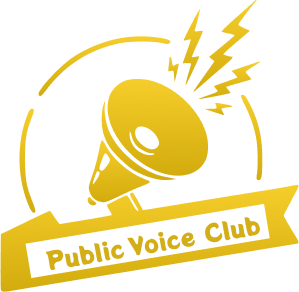Are you looking to increase your website’s conversion rate without touching a single line of code? Well, you’re in luck! In this blog post, we’ll be discussing how you can build high-converting funnels using the right tools and strategies. Whether you’re a seasoned marketer looking to streamline your conversion process or a beginner looking to boost your online sales, this guide is for you.
The Importance of Funnels
Funnels are essential for any business looking to convert leads into customers. A funnel is a series of steps that guide a visitor towards a specific goal, such as making a purchase or signing up for a newsletter. By mapping out your funnel, you can identify potential bottlenecks and optimize the user journey to increase conversions.
Choosing the Right Tools
There are countless funnel tools available on the market, but it’s important to choose one that fits your specific needs and budget. Some popular funnel tools include ClickFunnels, Leadpages, and Unbounce. These tools offer drag-and-drop builders, pre-built templates, and integrations with other marketing tools to help you create high-converting funnels without any coding knowledge.
Creating Effective Landing Pages
Your landing page is the first step in your funnel, so it’s crucial to make a good first impression. When creating your landing page, keep these tips in mind:
- Keep it simple and clutter-free
- Use attention-grabbing headlines and visuals
- Include a clear call-to-action
Optimizing Your Funnel for Conversions
After you’ve built your funnel, it’s time to test and optimize it for maximum conversions. A/B testing, heatmaps, and user recordings can help you identify areas for improvement and make data-driven decisions to increase your conversion rate. Remember to focus on one metric at a time and implement changes gradually to see what works best for your audience.
Utilizing Email Marketing
Email marketing is a powerful tool for converting leads into customers. By incorporating email sequences into your funnel, you can nurture leads, provide valuable content, and drive them towards a conversion. Personalization, segmentation, and automation are key elements to consider when crafting your email campaigns to increase engagement and conversion rates.
Measuring Success
Tracking and analyzing your funnel performance is essential to understand what’s working and what’s not. Key performance indicators such as conversion rate, bounce rate, and average session duration can provide valuable insights into the effectiveness of your funnel. By regularly monitoring these metrics and making data-driven decisions, you can continuously optimize your funnel for better results.
Conclusion
Building high-converting funnels without code is achievable with the right tools, strategies, and a data-driven approach. By investing time and effort into creating well-designed funnels, optimizing for conversions, and measuring success, you can increase your website’s conversion rate and drive more sales. Remember, conversion optimization is an ongoing process, so don’t be afraid to test new ideas and iterate on your funnel to achieve the best results.
So what are you waiting for? Start building your high-converting funnels today and watch your conversion rate soar!
